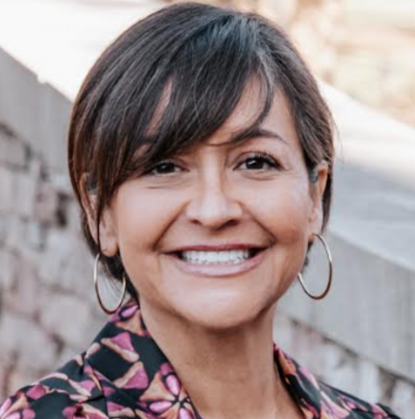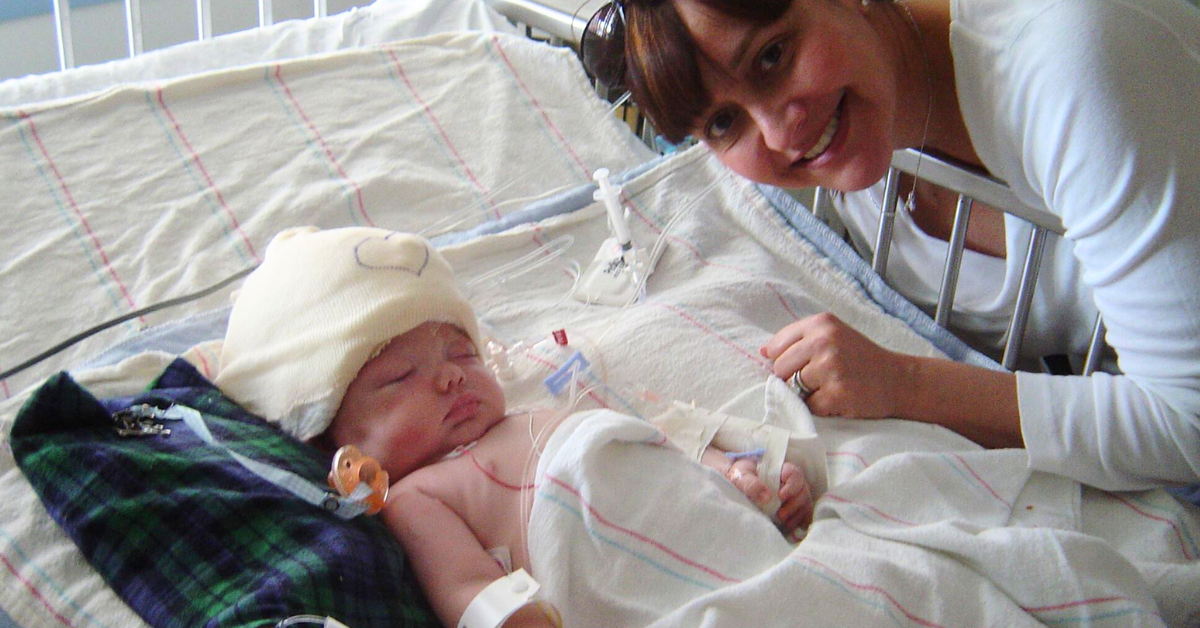Important Update on Our Symptom Surveillance After Hemispheric Surgery Initiative
When my son, Henry, underwent a functional hemispherectomy at just three months old to stop seizures caused by hemimegalencephaly, I vividly remember being overwhelmed by all my questions: What’s next? What could we expect post-surgery? What therapies would he need? What doctors should he see?
If only I’d had a roadmap…
Today, I’m thrilled to share an important update to our initiative designed to enhance postoperative care for children who have undergone hemispheric epilepsy surgery (including functional hemispherectomy, hemispherotomy, and anatomical hemispherectomy.)
Comprehensive Symptom Surveillance Initiative
In response to the pressing needs of our community, we have launched a targeted effort to develop comprehensive recommendations for symptom surveillance and screening across several critical areas:
– Vision
– Hearing
– Motor and Orthopedic
– Cognition and Behavior
– Speech and Language
– Hydrocephalus
– Endocrine
– Literacy Acquisition
Our Goal
The primary objective of this initiative is to provide parents, caregivers, and medical professionals with a detailed roadmap to support children post-surgery. When this project is complete, stakeholders will have the necessary tools and knowledge to anticipate and effectively manage both medical and functional outcomes.
Key Components of the Initiative
1. Systematic Literature Review
We have conducted an exhaustive review of current research to ensure our work is grounded in the most recent and relevant postoperative outcome data.
2. Expert Working Groups
We’ve brought together leading specialists across various fields, including vision, hearing, hydrocephalus, endocrinology, orthopedics, neuropsychology, speech, and literacy, to form expert working groups.
3. Comprehensive Recommendations
These working groups are actively discussing and developing guidelines that will shape the future of postoperative symptom surveillance and care.
Why This Matters to You
If your child has had hemispheric surgery, these forthcoming guidelines will help:
– Clarify postoperative expectations
– Identify necessary follow-up with specific medical professionals
– Offer strategies for managing common challenges
– Enhance care coordination into adulthood
Why Focus on Hemispheric Surgery?
Our symptom surveillance initiative specifically targets hemispheric surgery due to the significant number of participants in our Global Pediatric Epilepsy Surgery Registry who have undergone this procedure. Their contributions have greatly enhanced our understanding of postoperative outcomes.
Expanding Our Reach
If your child has had a different type of epilepsy surgery, your insights are invaluable. By sharing your child’s journey, you can help us broaden our understanding of postoperative outcomes for various procedures by participating in the Global Pediatric Epilepsy Surgery Registry today.
I’m profoundly grateful to Livanova, Dixi Medical, and the parents of Sachit Baichwal for their generous support of this crucial initiative.
about the author

Monika Jones, JD, is our founder and executive director. Her first son, Henry, had a modified lateral hemispherotomy, revision surgery, then true anatomical hemispherectomy to stop seizures caused by total hemimegalencephaly. She is also the principal investigator of the Global Pediatric Epilepsy Surgery Registry, the only parent-reported data collection to understand the developmental trajectory after pediatric epilepsy surgery. You can read her research works at orcid.org/0000-0001-6086-3236.
Upcoming Events
Recent Posts
Stay Connected
 SUBSCRIBE TO OUR MAILING LIST
SUBSCRIBE TO OUR MAILING LIST

